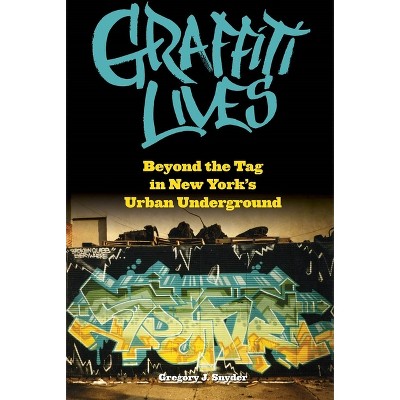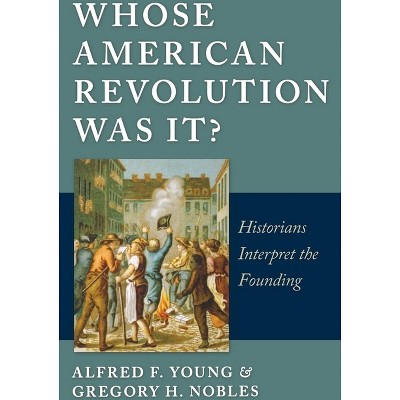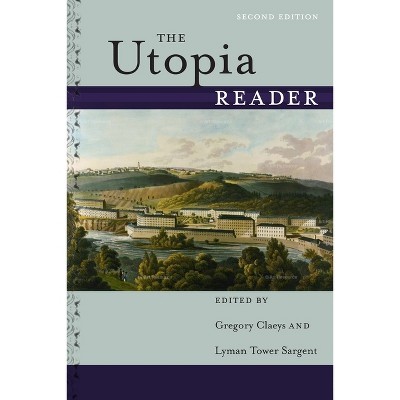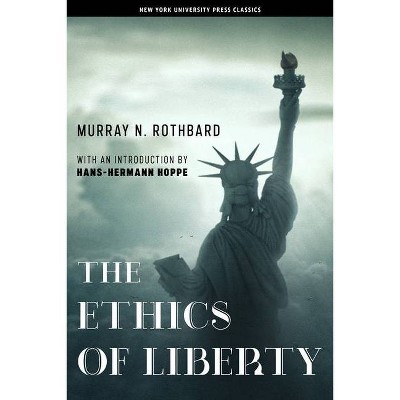About this item
Highlights
- A unique insight into desegregation in the suburbs and how racial inequality persists Half of Black Americans who live in the one hundred largest metropolitan areas are now living in suburbs, not cities.
- About the Author: Gregory Smithsimon is Professor of Sociology at Brooklyn College and Graduate Center of the City University of New York.
- 312 Pages
- Social Science, Sociology
Description
About the Book
"Focusing on Liberty Road, a Black middle-class suburb of Randallstown, Maryland, Smithsimon tells the remarkable story of how residents broke the color barrier, against all odds, in the face of racial discrimination, tensions with suburban Whites and urban Blacks, and economic crises like the mortgage meltdown of 2008. Drawing on interviews, census data, and archival research he shows us the unique strategies that suburban Black residents in Liberty Road employed, creating a blueprint for other Black middle-class suburbs"--Book Synopsis
A unique insight into desegregation in the suburbs and how racial inequality persists
Half of Black Americans who live in the one hundred largest metropolitan areas are now living in suburbs, not cities. In Liberty Road, Gregory Smithsimon shows us how this happened, and why it matters, unearthing the hidden role that suburbs played in establishing the Black middle-class. Focusing on Liberty Road, a Black middle-class suburb of Baltimore, Smithsimon tells the remarkable story of how residents broke the color barrier, against all odds, in the face of racial discrimination, tensions with suburban whites and urban Blacks, and economic crises like the mortgage meltdown of 2008. Drawing on interviews, census data, and archival research he shows us the unique strategies that suburban Black residents in Liberty Road employed, creating a blueprint for other Black middle-class suburbs. Smithsimon re-orients our perspective on race relations in American life to consider the lived experiences and lessons of those who broke the color barrier in unexpected places. Liberty Road shows us that if we want to understand Black America in the twenty-first century, we must look not just to our cities, but to our suburbs as well.Review Quotes
"An extraordinarily well researched and highly readable historical and ethnographic book."-- "Social Forces"
"A welcome addition to sociological inquiry into the suburban Black middle class...Smithsimon positions Liberty Road as a much-needed corrective to the tragic tale of woe that emerged from postwar urban sociology as common sense about residential integration."-- "American Journal of Sociology"
"A new book examines how Baltimore's African American middle class overcame color barriers and racial tensions along the Liberty Road corridor over the past five decades as they established themselves in classic suburban neighborhoods. Author Gregory Smithsimon draws upon interviews, archives and census data to show how this area of Baltimore County is now home to approximately 82,000 Black people ... It's clear that Smithsimon rang the right doorbells and listened attentively to some of the people who experienced the times."-- "The Baltimore Sun"
"By bringing African American agency to the forefront of the discussion, Greg Smithsimon successfully disentangles the complex web of causes related to the growth of African American suburban communities...Liberty Road is informative and articulate, written in language accessible to academics and nonacademics...Practitioners and lay people will find the book useful in providing an understanding of Black suburbs and the role that they continue to play in a highly segregated residential landscape."-- "Journal of Urban Affairs"
"Liberty Road locates Black suburbs as an essential and a mitigating force in the American dream. We overlook these spaces in our understanding of cities and our history at our own peril. This is an important and engaging book for urban sociology and history, made so by the author's skillful weaving of personal stories with archival research to ground the analysis in specific people and places."-- "The Journal of Southern History"
"
Liberty Road uncovers and exposes the social, political, cultural, and economic contradictions of middle-class African-American suburban life. Gregory Smithsimon explores the ways social conflicts and inequalities play out and through physical places and emphasizes the roles that African-American residents play in understanding and addressing suburban community issues.
"--Karyn R. Lacy, Blue-Chip Black: Race, Class, and Status in the New Black Middle Class"
Gregory Smithsimon chronicles the experiences of middle-class blacks who were the first residents to integrate into Liberty Road, a predominantly white Baltimore suburb. He explores their side of the story, showing us how this racial project unfolded in political ways, constraining black progress under the guise of racial inclusivity.
"--Michael Ian Borer, co-author of Urban People and Places: The Sociology of Cities, Suburbs, and Towns"African American suburbs are different from African American urban communities and middle-class white communities, often in counterintuitive ways. Liberty Road explains the history, present, and future significance of these differences."-- "Ethnic and Racial Studies"
"This deeply-researched and engrossing text invites us to think of the relationship between race, place, and neoliberalism in innovative ways, namely through an examination of African-American suburbanites. In doing so, Smithsimon provides a crucial analysis of the persistent tensions between racial progress and retrenchment."--Jean Beaman, author of Citizen Outsider: Children of North African Immigrants in France
About the Author
Gregory Smithsimon is Professor of Sociology at Brooklyn College and Graduate Center of the City University of New York. He is the author of September 12: Community and Neighborhood Recovery at Ground Zero, The Beach Beneath the Streets: Contesting New York City's Public Spaces, and Cause: ...And How It Doesn't Always Equal Effect.





